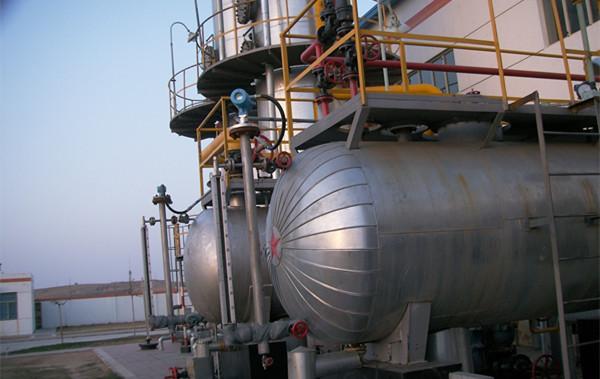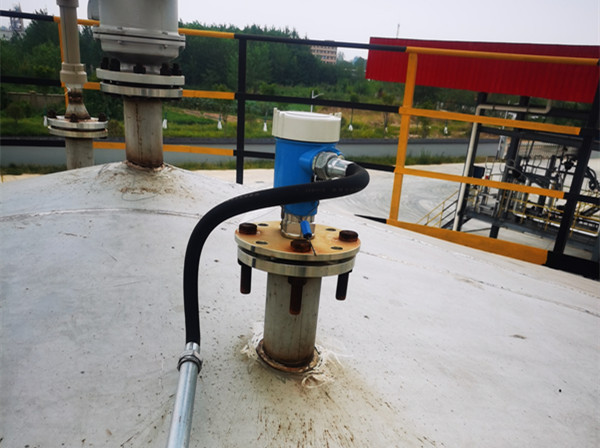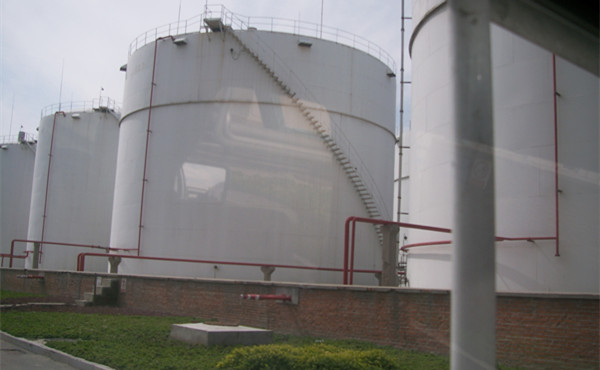Crude oil storage tanks are more common in chemical production, and the measurement of its level meter plays a vital role in safe production. In recent years, with the continuous development and improvement of the radar level meter industry, more and more users choose to use radar level meters to measure the level of crude oil storage tanks, and also achieved good results. Today, we mainly analyze the problems and solutions that are easy to occur with a radar-level meter measuring crude oil storage tanks.

Usually referred to as crude oil, unprocessed oil is a dark brown, green fluorescent, viscous oily liquid with a special odor, and is a mixture of alkanes, naphthenes, aromatics and olefins, and other liquid hydrocarbons.
The main components are carbon and hydrogen, with small amounts of sulfur, oxygen, nitrogen, and trace amounts of phosphorus, arsenic, potassium, sodium, calcium, magnesium, nickel, iron and vanadium, etc.
The freezing point is -50 to 24°C. Crude oil can be refined and processed to obtain a variety of fuel oil, solvent oil, lubricating oil, lubricating grease, paraffin, asphalt, liquefied gas, aromatics, and other products.
The antenna of the radar sensor emits electromagnetic wave signals in the form of a beam. The emitted wave is reflected on the surface of the material being measured, and the reflected return signal is still received by the antenna.

Each point in the transmitted and reflected beams is sampled using ultrasonic sampling methods, and the signal is processed by an intelligent processor to obtain the distance between the medium and the probe and sent to the terminal display for display and operation.
The microwave pulse energy emitted by the radar level meter is not only very low, but also very short, and it can only be sent and received through the antenna system. However, the radar wave travels at the speed of light and its running time can be converted into a signal using electronic components.
This special time extension method ensures stable and accurate measurements in a very short time.

Radar level meter sometimes has some problems in the process of measuring crude oil storage tanks. For example, there are jumps in the measured value, no output, fluctuations in the indicated value, etc.
The measured value jumps within a certain interval. This situation may be due to the instability of the measured surface or the serious phenomenon of crude oil hanging wall, i.e. the signal is weakened.
In addition, there may be adhesions near the transmitting antenna of the radar level meter, causing fluctuations in the measurement results.
If there is no change in the measured value, this may be due to a fixed reflective surface within the beam range, resulting in excessive interference. The mounting holes of the level meter, extension rods, tank walls, etc. need to be checked.
Another cause is when the electronic module of the radar level meter is faulty, which can also cause this to happen, and then it is necessary to contact maintenance personnel for testing or replacement.
If the echo is too weak, the reason for this phenomenon may be that the direction of the antenna is not perpendicular to the level, the level is disturbed, and there is foam or condensation, or adhesion on the radar antenna. In this case, the direction of the antenna should be adjusted, clean the antenna, etc.
In addition when the radar level meter is moved from one tank to another for use, if only basic settings and modifications are made to put it into use, it will lead to unstable work. In this case, you should reset, let the radar level meter re-learn the new installation environment, and then set up the basic parameters in order to put it into use again.
